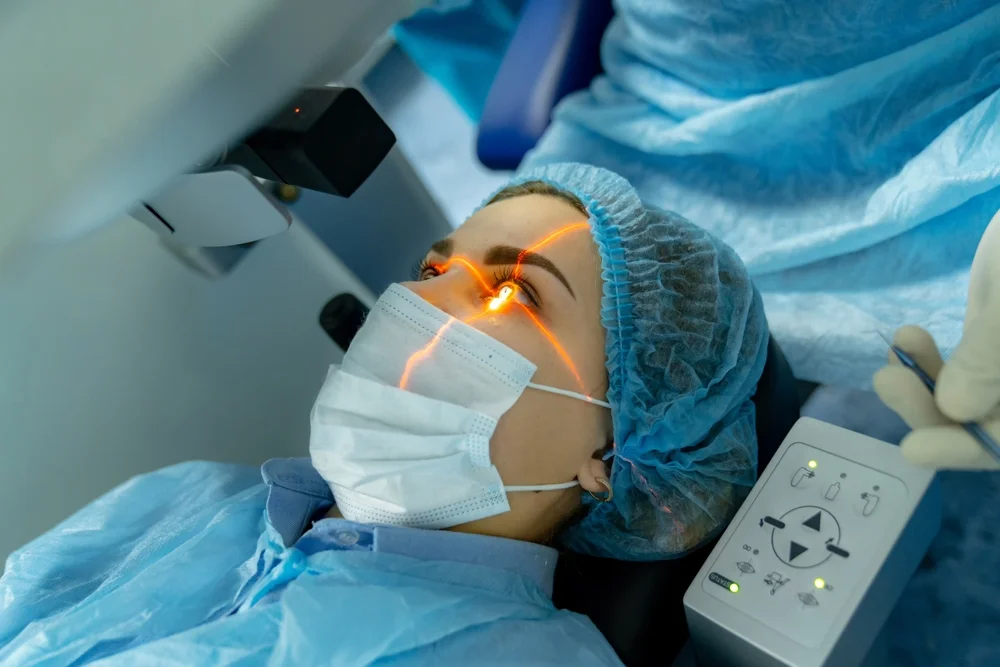
Assoc. Prof. Dr. Serdar ÖZATEŞ
Assoc. Prof. Dr. Serdar ÖZATEŞ

Refractive Surgery
Refractive surgery or laser surgery refers to surgical methods used to correct refractive errors. The aim of refractive surgery is to increase the patient’s vision quality and to eliminate the necessity of lens or glass use.
Am I a Good Candidate for Laser Surgery?
Every person is not a good candidate for refractive surgery due to the different ocular structure. Even if the eye structure is suitable, the refractive error may not be completely eliminated. A detailed ocular examination and corneal topography examination should be performed to decide the refractive surgery and to evaluate the potential risk factors. Generally, patients with very high myopia, astigmatism or hyperopia values, thin corneal thickness, severe dry eye, and corneal disease are not suitable for laser surgery.
Laser Surgery Examination
PRK (Photorefractive keratectomy) / LASEK / No – Touch Laser
In these types of laser surgery, the excimer laser is applied to the outermost layers of the cornea and the corneal surface is reshaped. No-Touch Laser or LASEK surgeries basically have the same principle as PRK surgery but have differences in application techniques. In no-touch laser surgery, laser procedure is applied directly to the eye without any intervention. In PRK surgery, the cell layer called the epithelium at the top of the cornea is removed before the laser and then the laser is applied. In LASEK surgery, the cell layer called the epithelium at the top of the cornea is removed before the laser and then the laser is applied. The epithelium layer is placed back after the surgery.
Advantages:
Disadvantages:
Risks
Like every surgical procedure, laser surgery also carries some risks.
LASIK (Laser in-situ keratomileusis)
LASIK (Laser in-situ keratomileusis) surgery is used in the treatment of myopia, astigmatism and hyperopia. LASIK surgery consists of 2 steps:
Advantages:
Disadvantages:
Risks
Like every surgical procedure, laser surgery also carries some risks.
Laser Surgery Process
Before Surgery
Day of Surgery
After Surgery
You can create your appointment from Ophthalmology Specialist Assoc. Prof. Dr. Serdar ÖZATEŞ clinic by filling out the form below.
